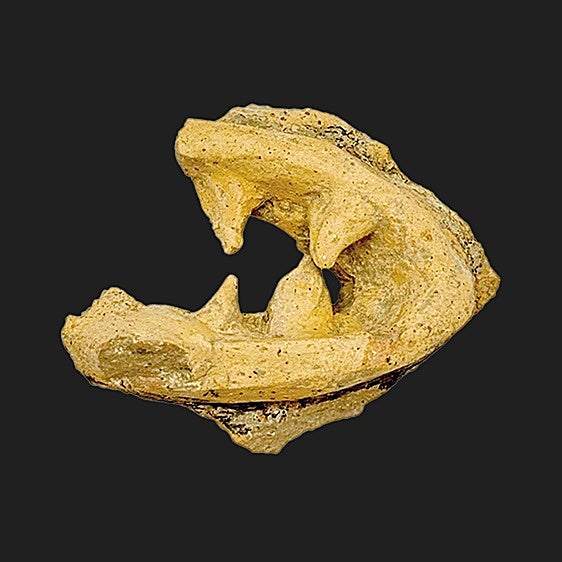A surprisingly simple exercise that can lower blood pressure
A recent study published in the British Journal of Sports Medicine suggests that isometric exercises can be more effective than running or walking to control BP
Óscar B. Deotálora
Madrid
Friday, 1 March 2024, 15:45
The benefits of physical activity do not always have to be restricted to intense exercise. A study carried out by the University of Canterbury has shown that, in order to reduce our blood pressure, doing a wall squat and staying put for a lengthy time can be more effective than aerobic training such as running, walking or doing HIIT sessions. So, yet another fitness tool being added to the box of tricks to improve our health.
The resulting research undertaken by the Canterbury experts has been published in the British Journal of Sports Medicine. They acknowledge that hypertension is one of the biggest killers across western nations, mostly due to its links with the risk of some type of cardiovascular damage.
According to a 2021 study by the INE national institute of statistics in Spain, high blood pressure is involved in 26 per cent of all deaths. Hypertension affects around 40 per cent of the plus-18 population of Spain. Moreover, an increase in cases has been noted in under-18s as a result of obesity, poor eating habits and a more sedentary lifestyle.
The key objective of the Canterbury study was to analyse alternative, drug-free treatments for hypertension. Endurance sports have always been a recommended treatment, though never to the extreme of running a marathon.
The researchers carried out a meta-study reviewing 270 completed trials, providing a pooled sample size of 15,287 participants. Their reasoning behind conducting such an extensive review was the belief that some of the studies previously regarded as ground-breaking might now be less so in the light of more recent research.
Which is more tiring?
Best results
The exercise chosen for the meta-analysis was the static wall squat, in which the back presses against a wall with legs bent to a 90-degree angle. The goal is to remain in that posture, which feels like sitting in mid-air, keeping the body in position solely by tensing the legs. Such an exercise can be very demanding for people not used to this type of activity, especially as participants had to complete four sessions, remaining in position for two minutes with lower limbs activated. Between each round of squats, subjects could rest between one and four minutes and squat sets were carried out three times a week.
In any case, the benefit of isometrics is nothing new to the fitness world. An abdominal plank, in which the body stays in a supine position supported by only elbows and feet, is one of the most widely known zero-movement exercises. The plank is great for activating the core without having to do more dynamic exercises that involve moving the spine - a much better option for anyone with restricted mobility or previous injuries.
While isometrics are a complementary element to include in a training regime, staying active is not the only way to lower blood pressure. Hypertension still requires medical supervision, and a poor diet, sedentary lifestyle, alcohol consumption and smoking are also contributory factors.



